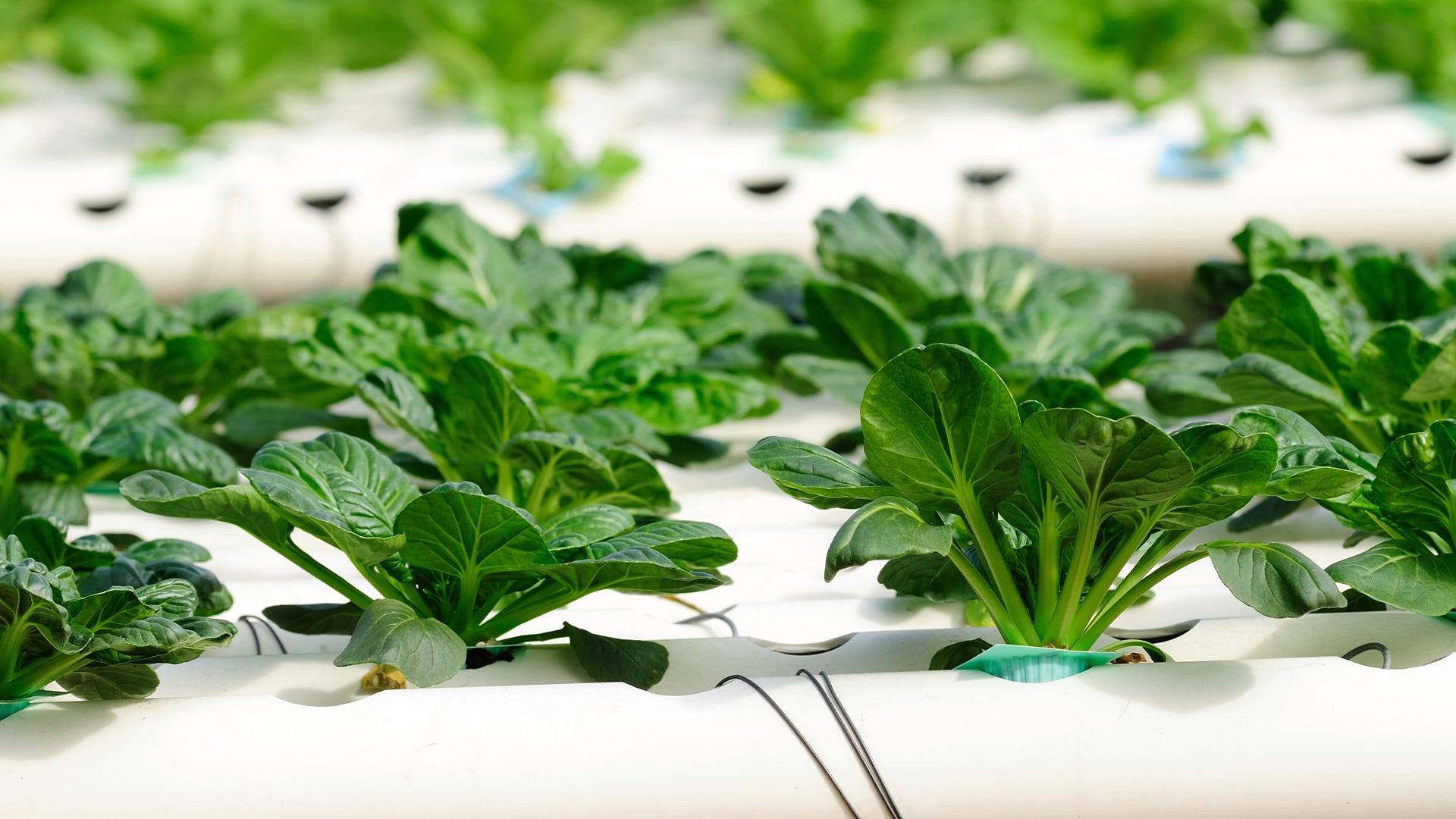
Do you want to grow a garden full of food, flowers, or medicinal plants indoors but are deterred by the complexities, the costs, or other obstacles you’ve heard about? Well, don’t believe the hearsay and misconceptions—anyone can grow an indoor garden with no experience and only a small budget. Just check out this breakdown of the common myths about hydroponics and other ways of growing plants under lights.
Myth: Indoor gardening is for experts.
Truth: Provide for plants’ basic needs and they will grow—no green thumb necessary.
You can find lots of information on saferbrand.com and other sources to help you get started, but you don’t need much know-how. If you furnish your plants with light, water, and nutrients, they’ll do the rest. The simplest way to begin is with plants growing in soil-filled pots sitting on a sunny windowsill. But even a basic hydroponic system—in which plants grow in nutrient-enhanced water rather than in soil—is easy to set up and maintain. We show you how here. One of the great satisfactions of gardening indoors or out is that each growing cycle adds to your knowledge, so before long you are on your way to becoming an expert, ready to take on the biggest challenges.
Myth: Indoor gardening is expensive.
Truth: For less than $50, you can start growing indoors.
Plants can be your biggest expense, but if you start with seeds or cuttings from existing plants (maybe from a friend who is willing to share), you’ll spend little if anything for them. Incandescent grow-light bulbs that can be used in any standard fixture cost less than $7. Fluorescent bulbs cost a few dollars more but provide more wattage, so you don’t need as many. And fluorescents draw only low levels of electricity, which further limits the costs of indoor gardening. Many of the other supplies you need, such as containers and soil mix, are available at low cost.
Myth: You need sophisticated grow lights that require electrical work to operate safely.
Truth: Grow lights you simply plug into any outlet are effective.
The standard high-intensity grow lights used by many experienced indoor growers must be installed with a ballast to protect your home’s electrical system from overload. But today you can buy powerful LED lights that work well in any socket without the risk of shorting or other electrical problems. LEDs shine a broad spectrum of light on your plants, giving them just what they need from seedling to harvest.
Myth: You need a lot of space for an indoor garden.
Truth: You can grow on a shelf or in a closet.
If you’ve seen extensive indoor farms in photos or videos, you might think that you need hundreds of square feet to set up a garden inside. But you can raise a half dozen or more robust, productive plants on an unused bookshelf or inside an ordinary coat closet. The most important attribute for a grow room of any size is ventilation—plants need a constant supply of carbon dioxide, which is continuously replenished by fresh air. If you are planning to grow plants that flower, you may also need a space where ambient light can be eliminated (because changes in the amount of light trigger blooming).
Myth: Indoor gardens, especially hydroponics, are not organic.
Truth: You can use organic methods and products wherever and however you grow.
Yes, growing under artificial lights is not truly natural, but if you feed your crop with liquid fertilizers made with such ingredients as fish and molasses and use only nontoxic treatments to control pests and diseases, you are caring for your plants organically. And you are certain to get a healthy and robust harvest for your efforts.



